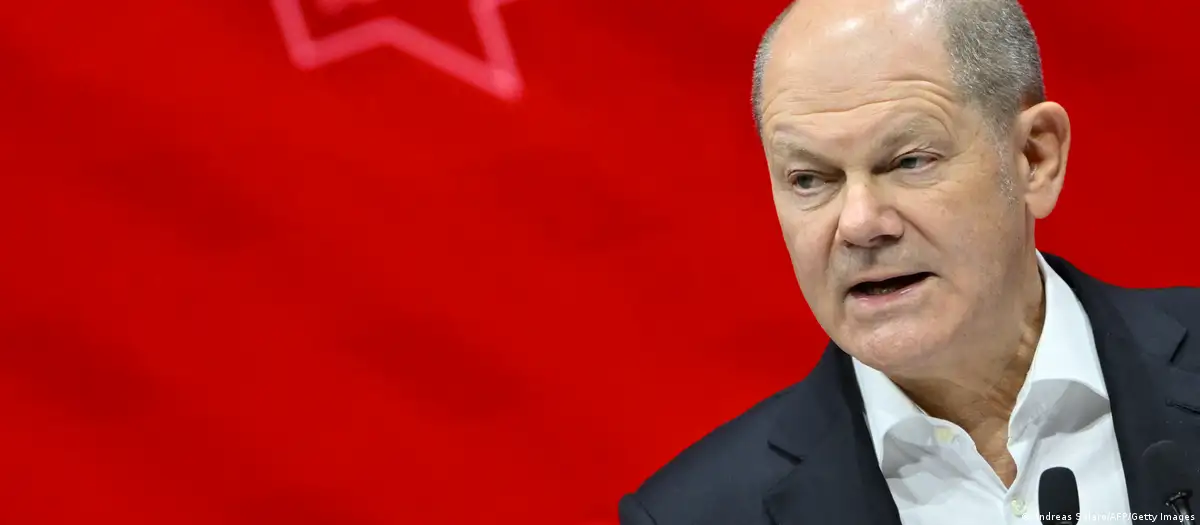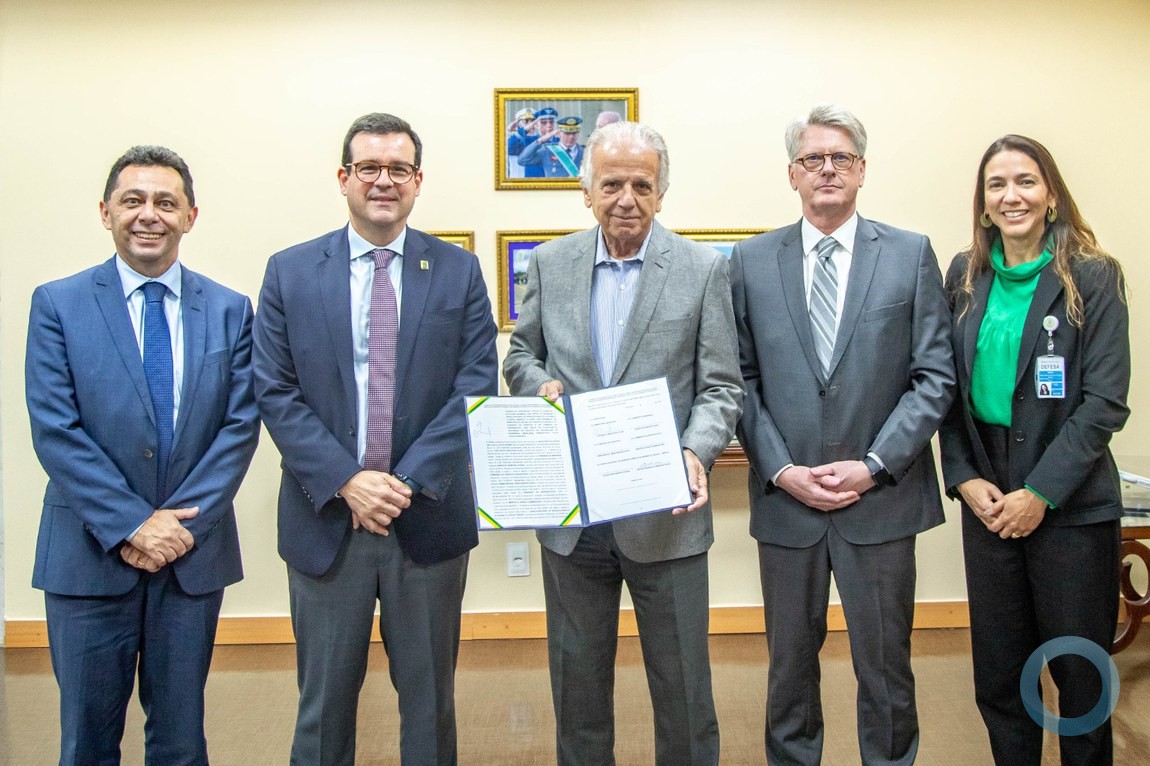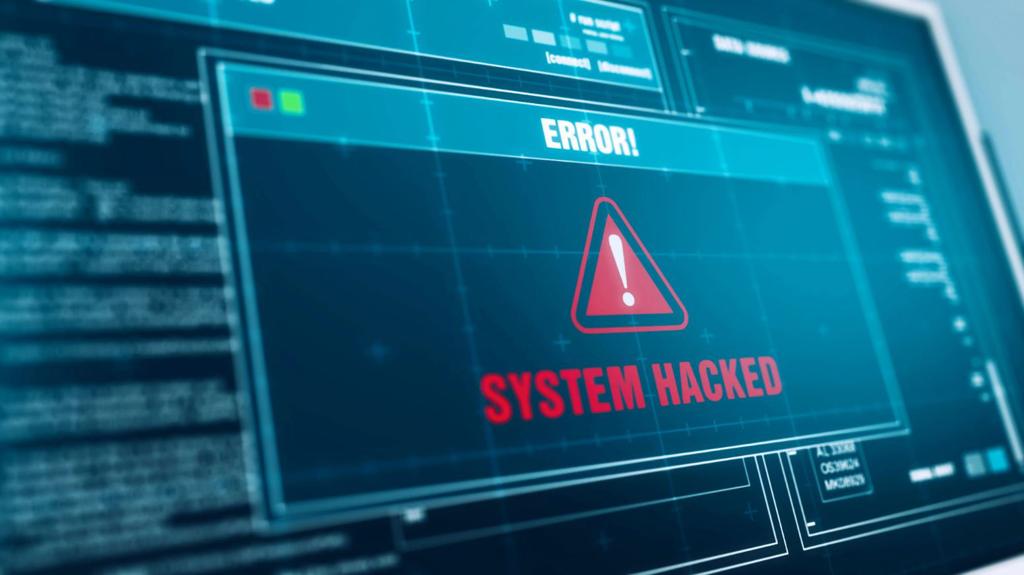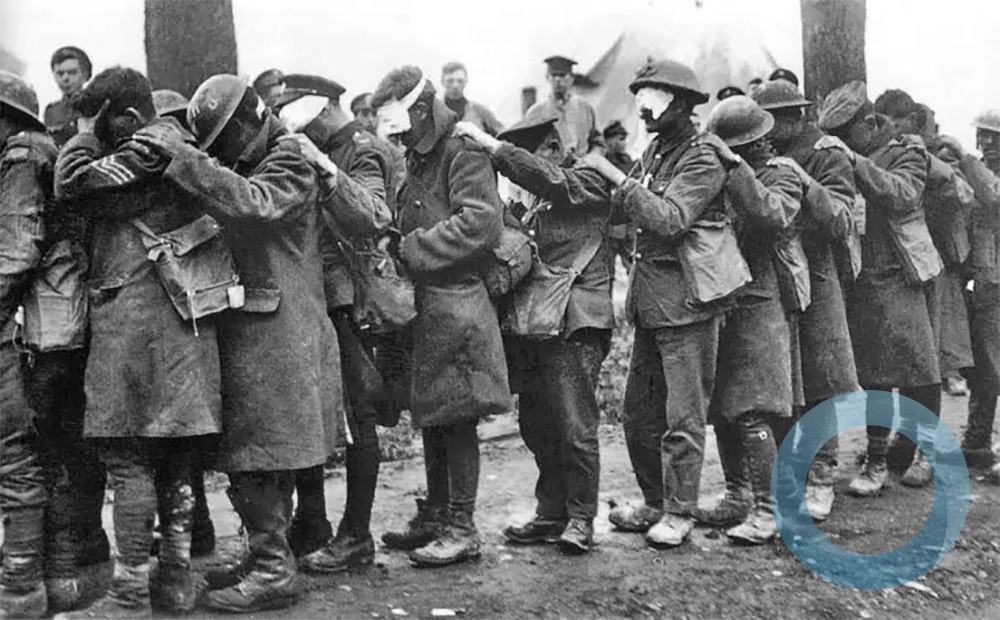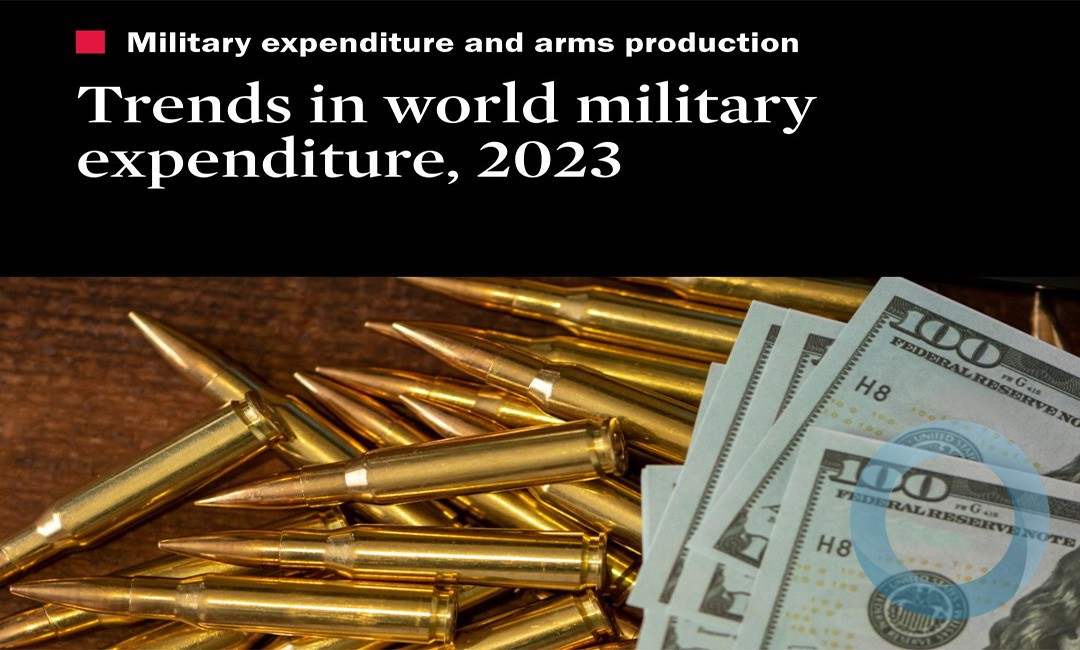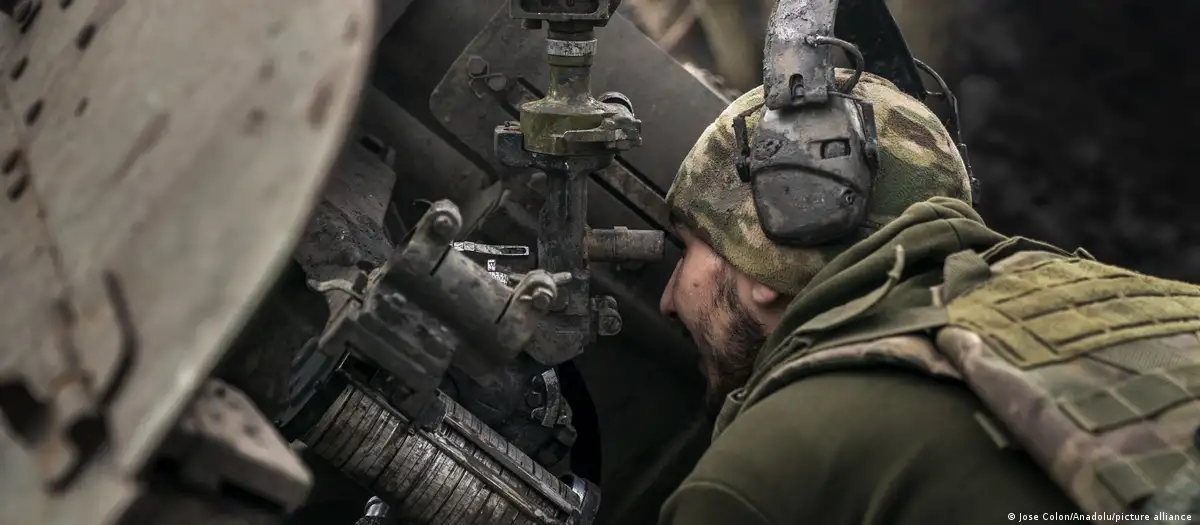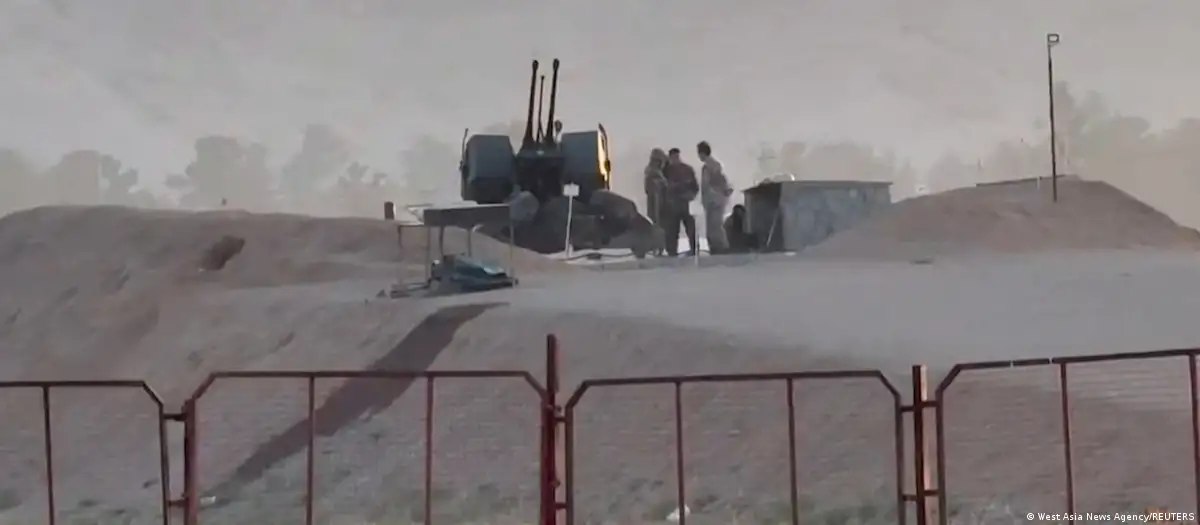A primeira coleção de documentos é a chamada “Family Jewels” (Jóias da Família), que consiste de cerca de 700 páginas e foi compilado em 1973, na gestão do Diretor da CIA, James Schlesinger, que solicitou aos funcionários da Agência, que reportassem atividades que fossem consideradas inconsistentes com os princípios da CIA.
Em 1974, a CIA forneceu os documentos ao Congresso. Eles foram exaustivamente analisados pela Comissão Rockefeller, indicado pelo presidente, e os comitês Church e Pike no Congesso. Partes dos documentos foram divulgados nos anos subseqüentes.
Na série “Family Jewels”, são relatadas uma série de atividades ilegais, como as tentativas de assassinato de Casto e Lumumba. No meio de espionagem a CIA é conhecida como a “Família”.
A atual divulgação dos documentos atende a Lei “Freedom of Information Act” (FOIA).
A segunda coleção de documentos são as series CAESAR-POLO-ESAU, consiste de 147 documentos, e cerca de 11.000 páginas, produzidos entre 1953 e 1973. As séries de documentos CAESAR e POLO analisavam respectivamente as lideranças Soviética e a Chinesa, e os documentos ESAU foram desenvolvidos por analistas da CIA para avaliar as relações Sino-Soviéticas.
Os dois grupos de documentos podem ser acessados para download na página da CIA. Livre acesso sem restrição para internautas de outros paises.
Alguns documentos merecem analisam estratégias militares dos anos 50 e 60, e também trazem importantes analises sobre o rompimento China-União Soviética nos anos 60. Algo bem plausível em futuro próximo.
Outros trazem uma importante avaliação sobre as estratégias militares tanto da China como da União Soviética. Uma lista selecionada dos títulos liberados pela CIA podem ser verificado abaixo e estes documentos e outro podem ser acessados na página www.foia.cia.gov
Documentos CAESAR (Hierarquia Soviética)
2. Death of Stalin
9. Politics and the Soviet Army: Developments Since October 1952 Relating to the Political Status of the Soviet Armed Forces
10. Purge of L.P. Beria
13. Recent Developments in Political Status of Soviet Armed
14. Soviet Views on Capitalism
15. The Suez Crisis – A Test for the USSR’s Middle
16. Factionalism in the Hungarian Workers (Communist)
17. Soviet Economic Policy: December 1956 – May 1957
18. Differences in Temperament Among Soviet
Forces Eastern Policy PartyLeaders as Shown by Their Approach to Policy Issues 1945- 1957
25. The Soviet History of World War I1
26. Khrushchev on Nuclear Strategy
32. Soviet Military Strategy and the Chinese Problem
33. Khrushchev’s Role in the Current Controversy Over Soviet Defense Policy
34. Unorthodox Ideas in the USSR
35. Trends in Soviet Thought on Limited Warfare
36. The Soviet Missile Base Venture in Cuba
37. The Soviet Strategic Interest in Limited Disarmament
38. The Higher Military Council of the USSR
39. The Military and the Succession Problem in the USSR
40. Warsaw Pact Military Strategy: A Compromise in Marshal Zhukov Soviet Strategic Thinking In CPSU Politics, 1956-1966
Documentos POLO (Hierarquia Chinesa)
1. Mao Tse-Tung and Historical Materialism
2. Mao Tse-Tung and Historical Materialism 11.The State Form
3. Mao Tse-Tung and Historical Materialism IV. .The “Transition to Socialism”
4. Mao Tse-Tung and Historical Materialism 111.“Contradictions” in a “Socialist” Society
5. The Chinese Communist Leadership, 1958-1961
6. The Decline of Mao Tse-Tung
7. The Sino-Indian Border Dispute Section 1 : 1950-59
8. The Sino-Indian Border Dispute Section 2: 1959-61
9. The Sino-Indian Border Dispute Section 3: 1961-62
10. Communist China’s Domestic Crisis: The Road to 1964
1 1. The Sino-Vietnamese Effort to Limit American Actions 12. Political Problems in Communist China in the Vietnam War
13. Mao’s “Cultural Revolution’’: Its Leadership, Its Strategy, Its Instruments, and Its Casualties
14. Mao’s “Cultural Revolution”: Origin and Development
15. The P.L.A. and the “Cultural Revolution”
16. Ten Years of Chinese Communist Foreign Policy Section I: Policy Toward the US and the Diplomatic Isolation of Taipei
19. Mao’s “Cultural Revolution” in 1967: The Struggle
20. Red Guard and Revolutionary Rebel Organizations South and Southeast Asia
to “Seize Power” in Communist China
22. Mao’s “Cultural Revolution” 111. The Purge of the P.L.A.
37. Peking’s Support of Insurgencies in Southeast Asia
38. China’s Regional and Provincial Leaders: The Purge of the Military, the Rise of Old Party Cadres
Documentos ESAU (Relações Sino-Soviéticas)
1. Origins of the Chinese “Commune” Program 2. The Commune: Conception and Experimentation, Spring 1958
3. The Soviet Attitude Toward “Communes”
4. Soviet Positions on the “Transition to Communism” – Prior to the Chinese Commune Program
5. The Commune: Revelation and Initial Organization, Summer 1958
6. Indications of Soviet Awareness of Chinese Plans for the Communes, Spring-Summer 1958
10. The Sino-Soviet Dispute on World Communist Strategy (Autumn 1957-Autumn 1959)
11. The Sino-Soviet Dispute on World Communist Strategy (Its Development from Autumn 1959 to Summer 1960)
15. The Indian Communist Party and Sino-Soviet Dispute
16. The New Stage of the Sino-Soviet Dispute
24. The Sino-Soviet Conflict in the Fronts – September 1962-December 1963
30. Asian Communist Employment of Negotiations as a Political Tactic
37. The Sino-Soviet Dispute on Aid to North Vietnam
38. Annex: The Sino-Soviet Dispute on Aid to North
39. Kim Il-Sung’s New Military Adventurism
40. Indonesia-1965, The Coup that Backfired (1965-1968) Vietnam ( 1965- 1968)
47. Fedayeen – “Men of Sacrifice”
48. The Growth of the Soviet Commitment in the Middle East
49. The Fedayeen (Annex to ESAU XLVII:





